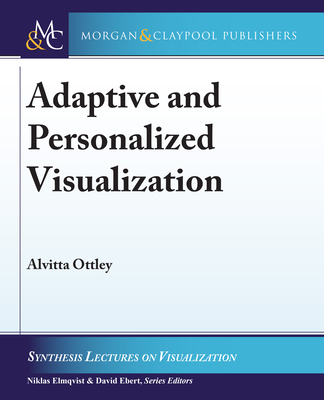Visualizing Dynamic Systems: Volumetric and Holographic Display
暫譯: 動態系統可視化:體積顯示與全息顯示
Haghanikar, Mojgan
- 出版商: Morgan & Claypool
- 出版日期: 2021-06-10
- 售價: $1,450
- 貴賓價: 9.5 折 $1,378
- 語言: 英文
- 頁數: 87
- 裝訂: Quality Paper - also called trade paper
- ISBN: 1636391370
- ISBN-13: 9781636391373
海外代購書籍(需單獨結帳)
相關主題
商品描述
This book is aimed to help instructional designers, science game designers, science faculty, lab designers, and content developers in designing interactive learning experiences using emerging technologies and cyberlearning. The proposed solutions are for undergraduate and graduate scientific communication, engineering courses, scientific research communication, and workforce training.
Reviewing across the science education literature reveals various aspects of unresolved challenges or inabilities in the visualization of scientific concepts. Visuospatial thinking is the fundamental part of learning sciences; however, promoting spatial thinking has not been emphasized enough in the educational system (Hegarty, 2014). Cognitive scientists distinguish between the multiple aspects of spatial ability and stresse that various problems or disciplines require different types of spatial skills. For example, the spatial ability to visualize anatomy cross-sections is significantly associated with mental rotation skills. The same is true for physical problems that often deal with spatial representations. However, most of the physics problems are marked by dynamicity, and visualizing dynamicity is inferred by the integrations of different participating components in the system. Therefore, what is needed for learning dynamicity is visualizing the mental animation of static episodes.
This book is a leap into designing framework for using mixed reality (XR) technologies and cyberlearning in communicating advanced scientific concepts. The intention is to flesh out the cognitive infrastructure and visuospatial demands of complex systems and compare them in various contexts and disciplines. The practical implementation of emerging technology can be achieved by foreseeing each XR technology's affordances and mapping those out to the cognitive infrastructure and visuospatial demands of the content under development.
商品描述(中文翻譯)
這本書旨在幫助教學設計師、科學遊戲設計師、科學教師、實驗室設計師和內容開發者,利用新興技術和網路學習設計互動學習體驗。所提出的解決方案適用於本科生和研究生的科學溝通、工程課程、科學研究溝通以及勞動力培訓。
回顧科學教育文獻顯示,科學概念的可視化存在各種未解決的挑戰或能力不足的問題。視覺空間思維是學習科學的基本部分;然而,在教育系統中,促進空間思維的重視程度仍然不足(Hegarty, 2014)。認知科學家區分了空間能力的多個方面,並強調不同的問題或學科需要不同類型的空間技能。例如,能夠可視化解剖學切片的空間能力與心理旋轉技能有顯著關聯。對於經常涉及空間表徵的物理問題也是如此。然而,大多數物理問題的特徵是動態性,而可視化動態性則是通過系統中不同參與組件的整合來推斷的。因此,學習動態性所需的是可視化靜態情節的心理動畫。
這本書是設計框架的一次飛躍,旨在利用混合實境(XR)技術和網路學習來傳達先進的科學概念。其目的是詳細說明複雜系統的認知基礎設施和視覺空間需求,並在不同的背景和學科中進行比較。新興技術的實際應用可以通過預見每種XR技術的優勢,並將其映射到正在開發內容的認知基礎設施和視覺空間需求上來實現。
















